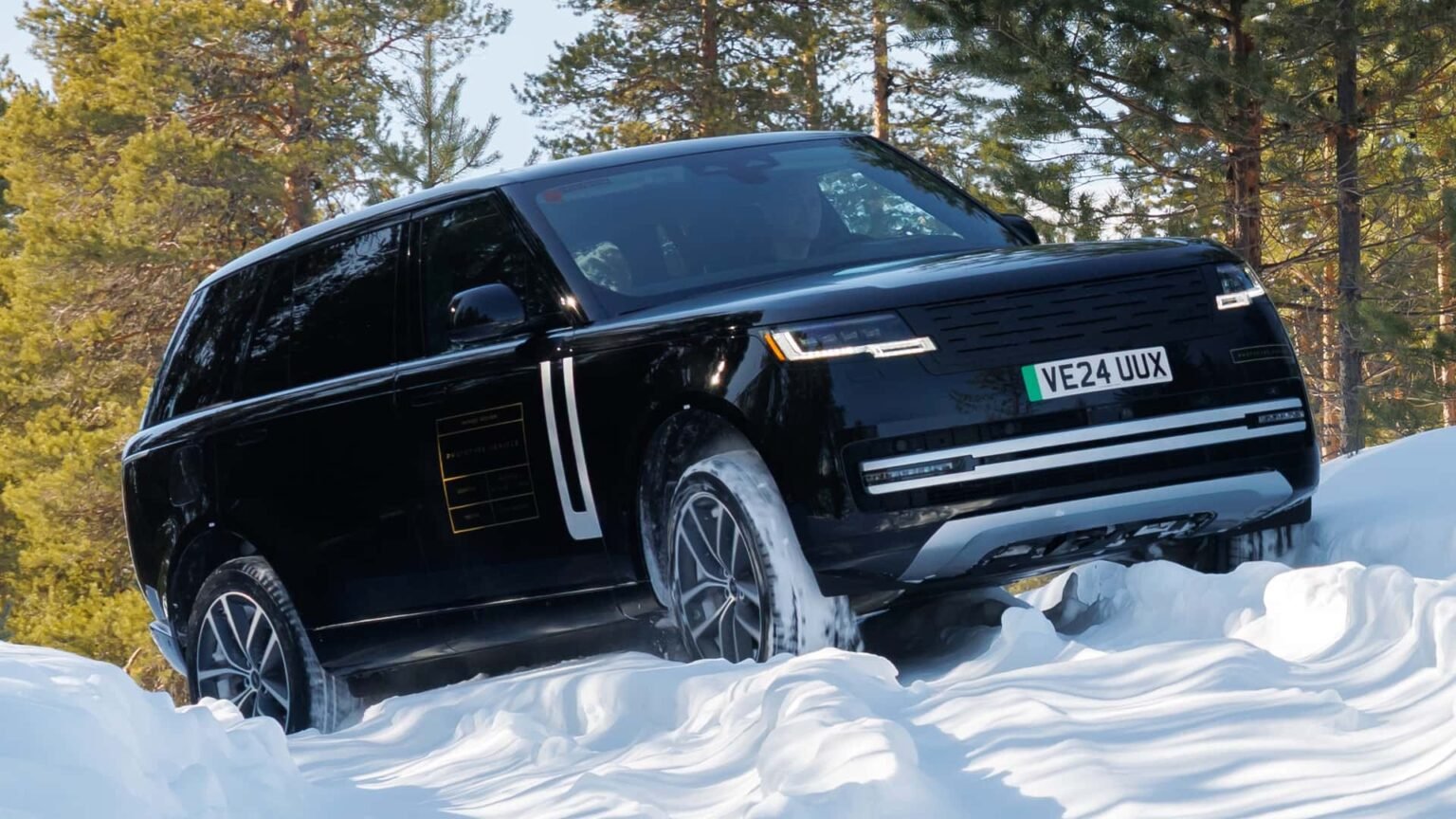It’s been more than two years since Land Rover announced plans to launch a fully electric Range Rover. While we’re still waiting for the official debut, the teaser campaign has already revealed much of the luxury SUV’s design. Visually, it will look nearly identical to its combustion-engine counterpart, with which it shares the same platform. Unlike some EVs that offer a front trunk in place of an engine, the Range Rover Electric won’t feature one.
In an interview with Australian magazine CarExpert, the vehicle’s chief engineer explained why the first Range Rover without a combustion engine won’t have a supplementary front cargo area. Land Rover surveyed customers on the matter, and the consensus was that the rear luggage space was sufficient. Lynfel Owen confirmed that the rear cargo volume will match that of the combustion-engine model, with no need to raise the floor to accommodate the 117-kWh battery pack.
Photo by: Land Rover
However, packaging the 344 prismatic cells in a double-stacked layout while maintaining cargo space means the electric Range Rover will be offered exclusively with two rows of seats. A seven-seat version isn’t planned due to packaging constraints. Land Rover will sell a spare wheel, but it’ll eat into the luggage capacity by sitting above the cargo floor.
Customer preferences weren’t the only reason Land Rover skipped the front trunk. Owen rhetorically asked: “Why would I want to lean against the dirtiest part of the car to put stuff?” Jaguar Land Rover took a different approach with the I-Pace, which offered a small 27-liter (0.95 cubic feet) front storage compartment. That model was discontinued at the end of last year, and going forward, all new Jaguars will be electric-only.
Although Owen wasn’t involved in the I-Pace’s development, he acknowledges that missteps were made: “We’ve learned that we can’t do that to our customers, and we’re not going to do that again.” Designed by Ian Callum and built in Graz, Austria by Magna Steyr, the I-Pace struggled with reliability and frequently ranked near the bottom of customer satisfaction surveys.
Photo by: Land Rover
While the interview didn’t delve into curb weight, Autocar reports that JLR is targeting 2,800 kilograms (6,172 pounds). That’s hardly lightweight, but it would make the Range Rover Electric 285 kg (629 lbs) lighter than the Mercedes G580 with EQ Technology. Like the Range Rover, the electric G-Class doesn’t have a front trunk either, but compensates with a tailgate-mounted cargo box styled like a spare wheel for storing charging cables.
Owen insists the electric Range Rover won’t compete directly with the G580, claiming it offers superior go-anywhere capabilities and a nicer cabin: “This is still a Range Rover. It is not an EV. There really isn’t another EV out there doing what this car does. Not at this level of off-road ability with this type of luxury.”
The world premiere is scheduled for later this year, with deliveries expected to kick off in 2026.
Sources:
CarExpert, Autocar
Read the full article here


